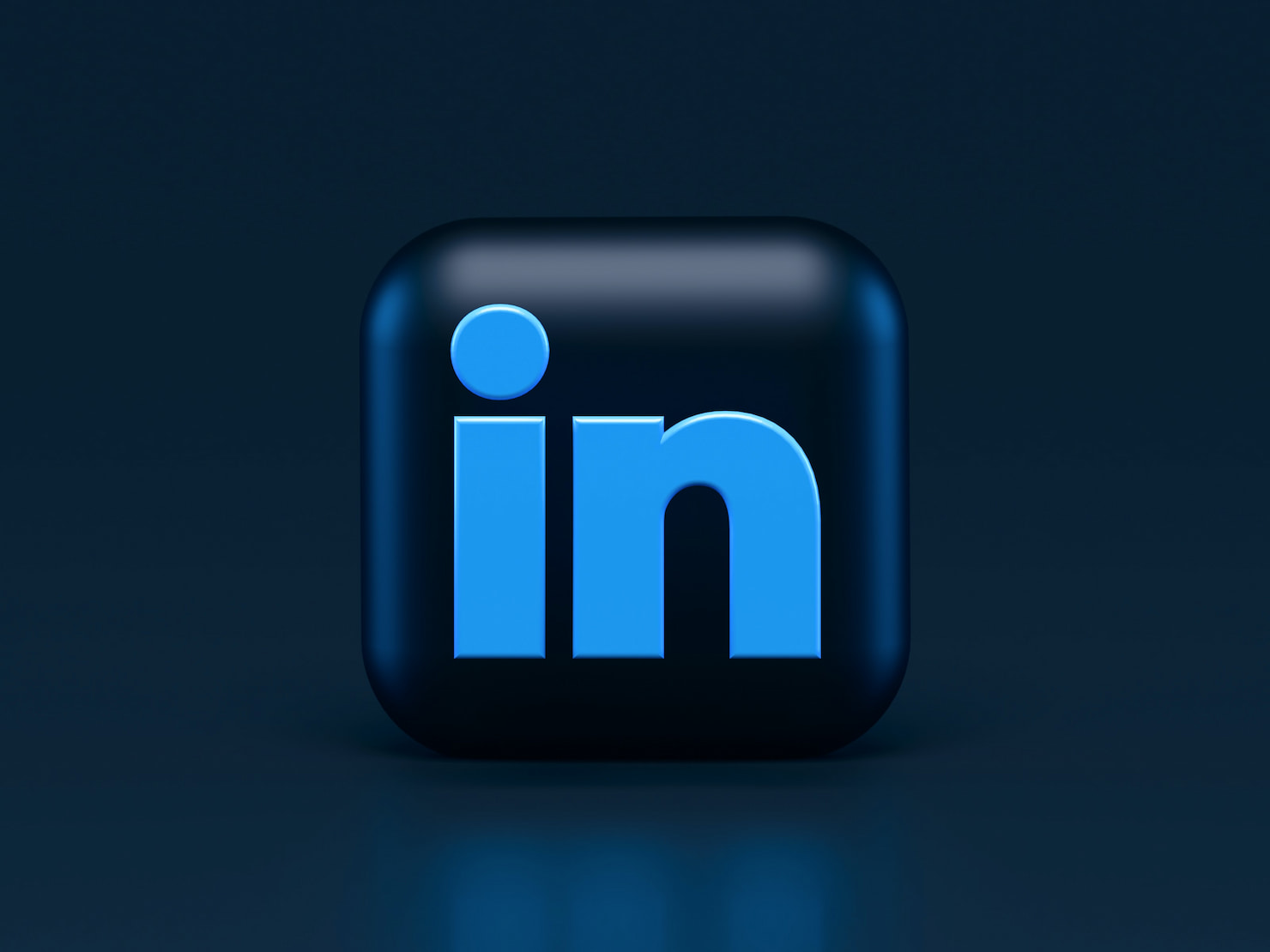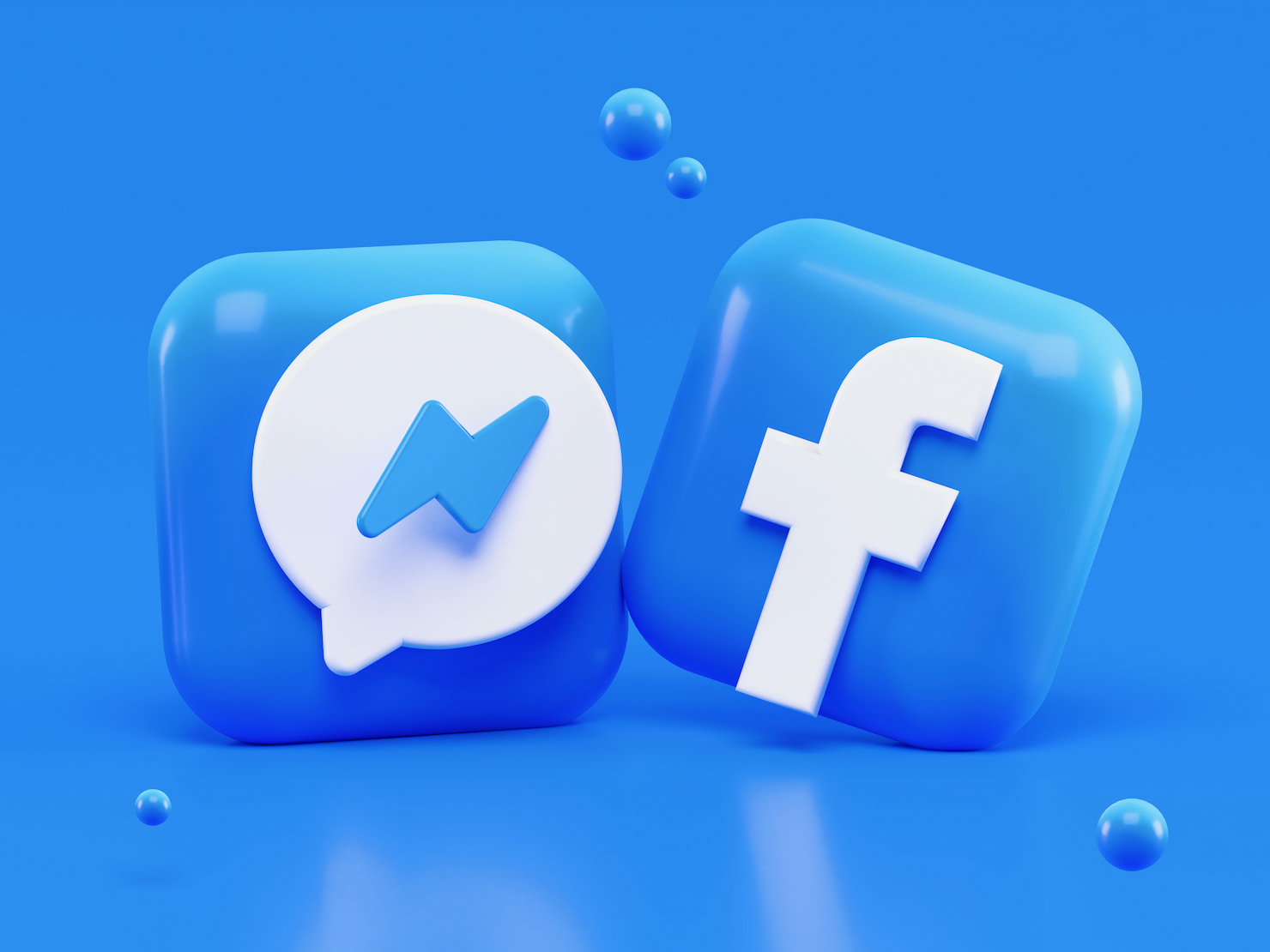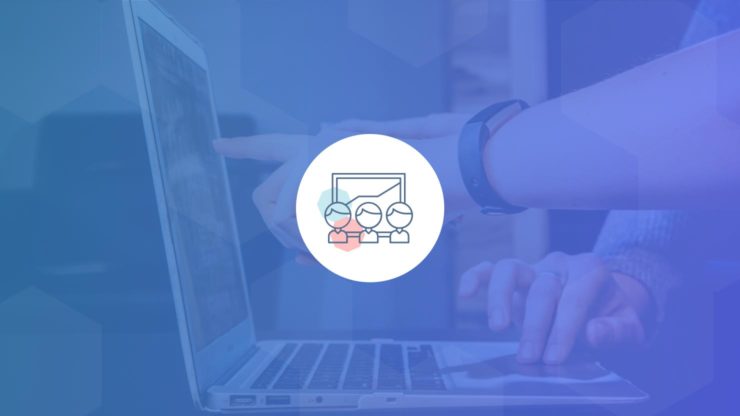LinkedIn and Facebook are two of the most popular social networking platforms globally. If this topic doesn’t scream ‘important’, then I don’t know what will. Throughout this debate, we uncover several factors that will influence your decision when deciding between Facebook and LinkedIn for advertising. These factors to consider include:
Both networks promote different functionalities and reach different audiences. Follow along to learn more about LinkedIn and Facebook advertising and which network you should use for your advertising strategy. These factors will help to decipher your best path to advertise your business directly to your audience, LinkedIn or Facebook. Let’s make this decision as easy as a step-by-step checklist for you.

LinkedIn Advertising
Having an understanding of your audience can help to inform your advertising strategy. LinkedIn has a specific target audience of professionals and people in the workforce. Do you want to target business owners, B2B markets, industry leaders, or people who work in a specific industry or enterprise? Then LinkedIn might be the perfect advertising strategy for you.
Let’s see your options…
Ways to target your audience
Advertising on LinkedIn is not that highly targeted. However, it specifically targets the workplace and other professional information. You can refine your users based on:
- Job title
- Current employer
- Industry
- Company size
- LinkedIn groups they’re apart of
- Education history
- Demographics
Budget
LinkedIn charges marginally more for CPC (cost per click) for each advertisement, averaging approximately five dollars per click. It may be more expensive than Facebook, but ultimately, it depends on who to target and what will receive better traction. It is not always about quantity or the number of leads, but rather the quality. Targeting a refined audience will help to translate leads with a higher conversion rate, potentially saving you money in the long run.
LinkedIn Ad formats
LinkedIn offers a range of display options for advertising. Although LinkedIn is a more professional network, these formats have not expanded past the traditional online displays. These ad types include:
- Links
- Images
- Video
- PDF and carousel images

Facebook Advertising
Facebook has over 2.8 billion active users as of the end of 2020. It doesn’t necessarily mean it is the superior option, but the mass audience certainly helps. If you are an e-commerce business seeking to sell your product to specific consumers, Facebook is your way to go.
Ways to target your audience
Advertising on Facebook allows you to target your audience based on more factors. These include:
- Online behaviour
- Demographics
- Geographic location
- Education and employment history
- Industry
- Buying history
- General interest
- Liked pages
- Their friends and peers
Budget
Facebook is a more affordable option in terms of cost-per-click. On average, Facebook receives approximately one dollar per click. It equals out to be quite worthwhile, considering the extent of advertising options Facebook offers. However, even though a lead from an email sign-up may in the future translate to a sale initially, you may be spending that money on clicks that are not converting because of the more broad reach.
Facebook Ad formats
Facebook has recently extended their ad display options to include more engaging, immersive, and fullscreen experiences that entice the audience. These ad types allow customers to subscribe directly through Facebook with ease. These include:
- Link, image, video
- Slideshow
- Playables
- Instant Experience
- Collection
- Stories
Summary
Both social network platforms allow you to deliver tailored advertisements to your customers to increase your conversion rate. In general, Facebook is superior for B2C marketing, while LinkedIn is best for B2B. There are some exceptions to this however this is the first step. LinkedIn, Facebook, and other social networking platforms have some downsides to advertising. One potential issue is that you cannot create personalised post-click landing pages to follow.
Listen In
Transcript
James Banks:
Hello, and welcome to another episode of the Web3 Marketing Debate show. I’m your cohost, James Banks.
Joseph Chesterton:
And I am your cohost, Joseph Chesterton.
James Banks:
Today, we’ll be debating LinkedIn ads versus Facebook ads. Which one is better? So I’ll be taking the LinkedIn ads side of the debate.
Joseph Chesterton:
And I’m on the other side with Facebook ads.
James Banks:
So without further ado, let’s start the debate.
So Joseph, why would you say Facebook ads are better than LinkedIn ads when it comes to producing results for businesses?
Joseph Chesterton:
Well, at the end of the day, it all comes down to numbers, and you can’t beat the two biggest social network platforms in the world.
Facebook has 2 billion users. Instagram has 1 billion users. LinkedIn, something like 700 million, maybe 800 million users.
When you combine Facebook and Instagram, let’s say they’re all unique, which I’m assuming most of them would double up, that’s 3 billion versus 800 million, let’s say. That’s a lot of people to market to that you miss out on with LinkedIn.
And also, it comes down to context. Facebook has a broad range of people. LinkedIn, typically, is more suited towards businesses and professional connections where the form of marketing is slightly different.
But the reason Facebook is better than LinkedIn is to do with business-to-business marketing. For example, LinkedIn marketing has to start with a person. And where are those people?
These people are on Facebook.
Nine times out of 10, they’ll be on Facebook or Instagram over LinkedIn.
And when you compare the time spent on each platform, Facebook and Instagram are light years ahead of LinkedIn. I believe the number of active users on Instagram is double LinkedIn. Facebook is almost quadruple. I haven’t said too much about the best results, but when you look purely at numbers and the reach, then Facebook ads are far greater than LinkedIn.
James Banks:
But as we know, it’s not about the quantity. It’s all about the quality. So I think, specifically, for LinkedIn and LinkedIn ads, you would ideally be having some type of business-to-business product and/or service.
It’s not really that consumer product friendly, although there’s a couple of examples of businesses that have consumer products marketed successfully on LinkedIn, it’s predominantly business-to-business as it is a business-to-business social media network.
That’s not to say that it is the best place for business-to-business advertising. However, placing an ad on LinkedIn for a business-to-business product or service is going to have higher relevancy than Facebook. Imagine if you aren’t experienced, and letting the algorithm shout out to everyone (even your mother) on those Facebook ads. That is due to the specificity of the network and its site.
When we talk about business-to-business, it’s around lead generation and what is better for business-to-business lead generation. In your opinion, Joseph, why would you say Facebook ads are better than LinkedIn at business-to-business lead generation?
Joseph Chesterton:
With Facebook ads, there are multiple platforms. It’s not just one website. You’re able to target people on Facebook, Instagram, WhatsApp, Messenger, and even have a gaming platform, Oculus. I’m yet to see Facebook ads on the Oculus, but it’s only a matter of time.
James Banks:
I think they announced it already because they’re forcing people to log in to Facebook to use the Oculus, which, if using their Facebook account, they can plug it into the ad network. They’re yet to do that but no doubt that will be the next step.
Joseph Chesterton:
It’s just like that episode of Silicon Valley, have you seen it, where they’ve got the video game and all these ads in the video game?
James Banks:
Yep.
Joseph Chesterton:
It’s only a matter of time before Facebook does that if they take the Oculus platform any further than what it got first acquired.
Facebook has a billion users. There’s not even a billion on LinkedIn. The benefit of having more than one platform is you can sell across multiple platforms, a larger user base. I think that’s where the lead generation is best because you can target, specifically, the people that you need to target where they are hanging out.
And yes, there would be a lot of cross-pollination, is that the word, across LinkedIn, Facebook, Instagram. But the majority are on Facebook, Instagram, or both.
James Banks:
LinkedIn’s advertising manager is similar to Facebook. They’ve sort of cloned it but made it look like their own. It’s easier to target by occupation title on LinkedIn. You can safely assume that the person’s employment history and occupation title is more accurate than on Facebook.
A lot of people can sometimes just put fake ones into Facebook, with little implications.
But, really what we find is it’s usually not so much the platform that’s the problem when it comes to lead generation through advertising or having just advertising that work. Typically, the biggest problem is the structure of the ad copy, the targeting settings. Does it have a compelling hook? Is creative compelling? Is the call to action and the offer on the landing page optimised for conversion?
It’s not necessarily the platform, that’s the problem, it’s all of these components. They’re the ones that need to be improved for the results to be gained from.
LinkedIn generally targets placement and cost-per-click placement more than Facebook. It is because, again, going from the B2B phrases versus general phrases on Facebook, can upswing the cost-per-click.
But as we have seen time and time again, cost-per-click isn’t that much of an important metric depending on your campaign. It’s the returns netted from your advertising effort, and cost-per-click is just one small component of being able to create a positive ROI.
LinkedIn can, however, be somewhat limited with ad placement and ad creative compared to Facebook. Generally, what do we recommend for small to medium businesses that are wanting to advertise their service? So, noting that your product and service and audience context makes sense to, do it on LinkedIn.
We actually tend to prefer to swing to Google and Facebook over LinkedIn simply because of the size of the network, and generally speaking, the returns, what we’ve seen generally are better.
That’s not to say that LinkedIn ads aren’t worth experimenting with or trialing or even doing with your business. Anything is worth trialing, and if it works, of course, you want to stick with it, but we tend to swing to Facebook and Google over LinkedIn for those reasons as you mentioned, Joseph. Things like audience reach, size, and even to a degree, targeting ad creative placements, selection, options, and different formats as well.
I kind of basically committed hara-kiri on my side there, but anyway, that’s what my opinion is between the two. Joseph, there’s any more you want to add to this episode?
Joseph Chesterton:
I’ve got a couple of stats for you, James.
- Just over 95% of all businesses in Australia are small businesses (one that employs less than 19 people).
- There are over 2 million small businesses in Australia, and there are about 25 million people in Australia.
- About 80% of the population use or have a smartphone.
- The current top free apps in the app store are:
- Instagram – 4th
- Messenger – 6th
- Facebook – 7th
- WhatsApp 12th
- LinkedIn is 85th position in the app store, next to Sticker Emojis and Plant Identifier.
It is safe to say that we know what platforms are the most successful or most popular among people.
James Banks:
It is from a mobile device point of view, though. And the majority of LinkedIn usage happens on a desktop. It is why the LinkedIn app is pretty much dead and buried because no one uses it on mobile. I mean, it’s a good point.
If you know that the mobile ad landscape is where you need to be for your advertising campaign, then LinkedIn can almost be crossed off that list.
People simply do not use it on mobile, it’s a desktop-driven social media network. On the flip side, you can create some interesting advertising opportunities. If you know that from a conversions performance point of view, your desktop advertising efforts dramatically outstrip mobile.
Again, these are just semantics, so you have to test it to know if it works, but some interesting insights nonetheless.
Joseph Chesterton:
Essentially, Facebook is an app company. They make apps. And if their mobile apps were to be wiped out, then they’d be left with a website which… you can hardly use Instagram on desktop. It’s a mobile app.
But that’s all I’ve got to say, just a few zinger stats just to nail the coffin that Facebook is astronomically larger, and it seems like it’s only getting bigger.
So that’s it for me. That’s a wrap, I’d say.
James Banks:
Thanks again, everyone, for listening and tune in next time where we’ll be debating WordPress versus Wix, which one’s better?
That’s another episode of the Marketing Debate show, and we’ll talk to you again real soon.



